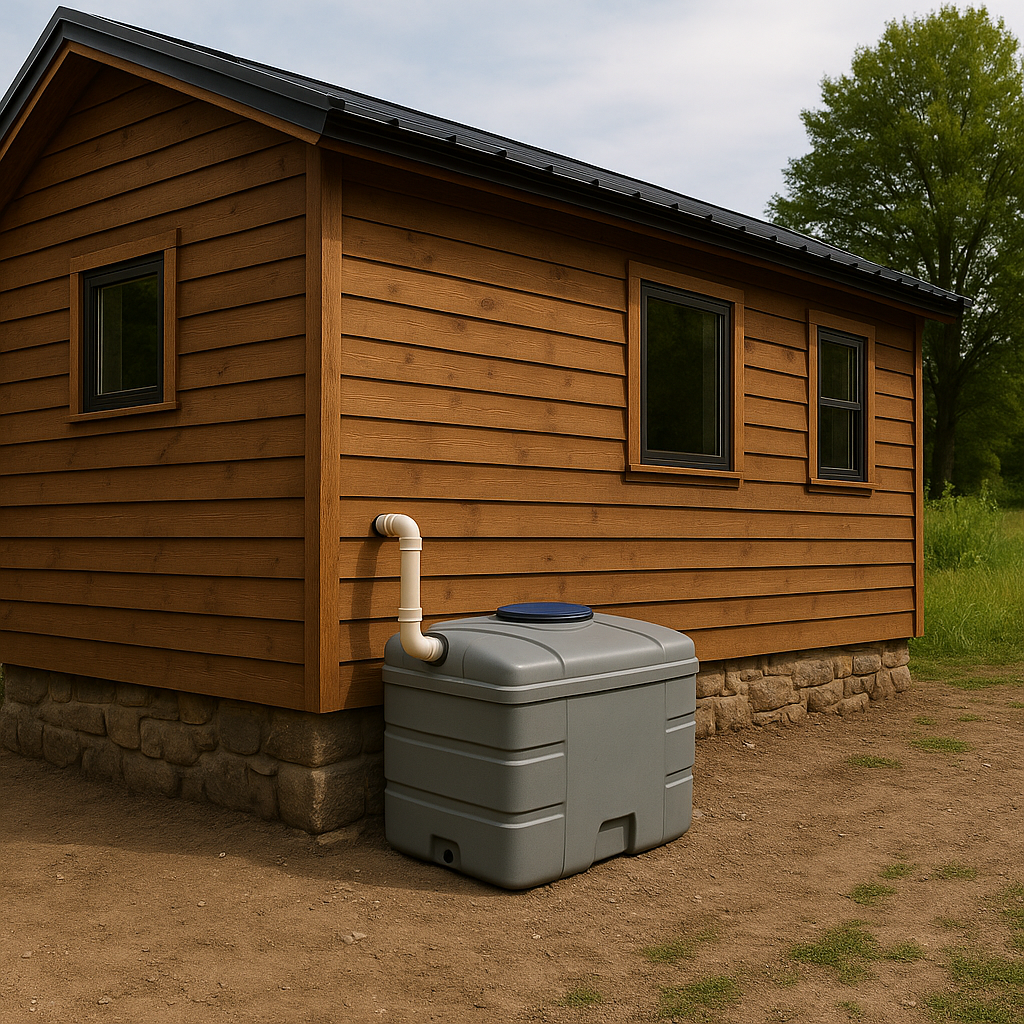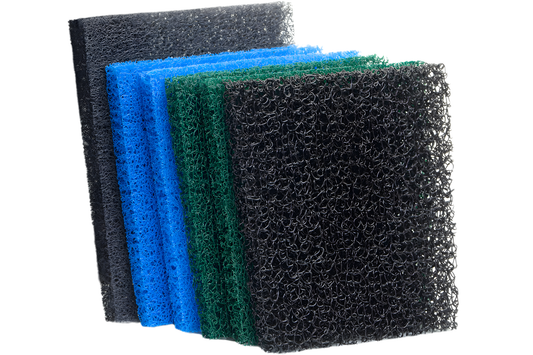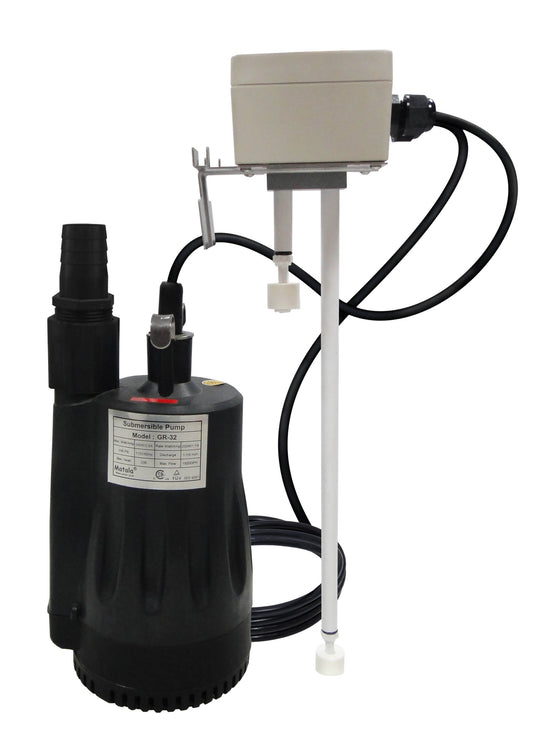
Can I Store Greywater?
Mason LogueTL;DR
No, greywater should not be stored. While storing rainwater is safe and effective, greywater—water from sinks, showers, and laundry—contains organic matter that starts to decompose quickly. This leads to foul smells, potential health risks, and system failure. Instead, design your system to use greywater immediately after it's generated, ideally through subsurface irrigation.
Why You Should Never Store Greywater
Storing greywater might seem logical if you’re used to rain barrels or cisterns. But greywater isn’t rainwater.
It contains:
- Soap residue
- Skin cells
- Food particles
- Hair and lint
- Traces of grease or detergents
These organic materials begin to break down within hours, using up oxygen and turning the water anaerobic. That’s when things start to smell—and it’s not just unpleasant. Stagnant greywater becomes a breeding ground for pathogens and can create real health hazards.
How Long Is Too Long?
If your system includes a temporary surge tank (common in pumped setups like the Aqua2use GWDD), the greywater should sit for no more than 24 hours. After that, the water turns septic.
“I have it set up to either pump out into a natural swale or into a reed bed greywater filtration system that irrigates a garden most months... [it] holds up long term with regular maintenance.” – J.G., Aqua2use user of 5+ years
His experience underscores a key best practice: use the water the same day you collect it.
Why Treatment for Storage Isn’t Practical
Technically, yes—you can treat greywater to make it safe for storage, but it’s not simple. You’d need a multi-step treatment process involving:
- Biological filters
- Aeration systems
- Disinfection (e.g. UV or chlorination)
- Additional holding tanks
- That’s not just expensive—it’s unnecessary when fresh greywater is generated every day. It’s far more sustainable to treat greywater just enough for immediate irrigation and move it quickly out of the system.
Better Alternatives to Storage
Instead of storing, aim for on-demand distribution:
- Use a system like the Aqua2use GWDD or Pro that pumps greywater straight into drip or subsurface irrigation.
- Set up a smart timer or flow switch to activate irrigation when greywater is available.
- Incorporate gravel beds, mulch basins, or reed beds that allow water to soak into the soil immediately, minimizing exposure and odor.
FAQ: Greywater Storage
Can I store greywater overnight?
Only in temporary tanks, and no longer than 24 hours. Any longer and the water becomes septic.
What happens if I store greywater too long?
It begins to decompose, smell foul, and could harbor harmful bacteria.
Can I treat greywater for storage?
Yes, but it requires expensive, high-maintenance treatment systems—typically not worth the effort for residential use.
Why can I store rainwater but not greywater?
Rainwater is relatively clean; greywater contains organics that decay quickly and cause contamination.
What should I do with excess greywater?
Design your irrigation zones to match your household water output, or divert overflow to a safe, approved disposal method.
Final Thought: Keep It Moving
The key to effective greywater reuse isn’t storage—it’s flow. Systems like Aqua2use are designed with this in mind, using filtration and pumping to move water from source to soil without delay.
Learn more about safe and sustainable greywater reuse at Water Wise Group, and explore customer stories of long-term success from tiny houses, cabins, and desert homes across North AmericaWater Wise Group - Aqua….







